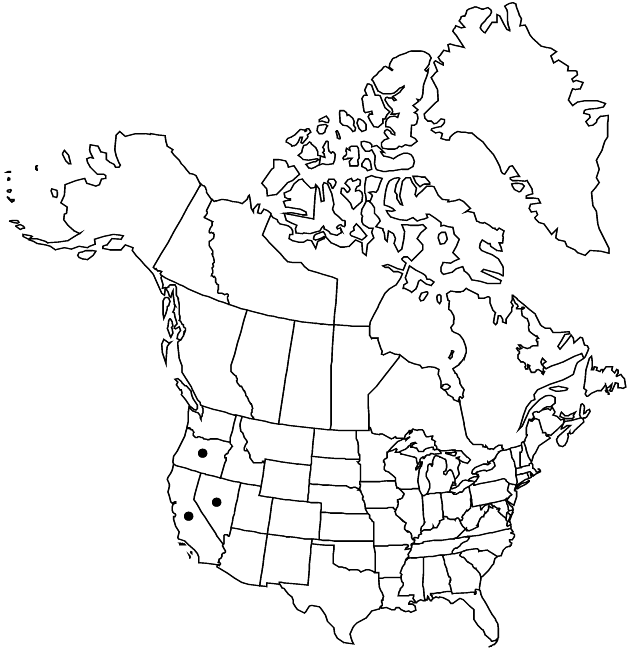Raillardella scaposa
in W. H. Brewer et al., Bot. California 1: 417. 1876.
Plants 6–53 cm. Leaf-blades lanceolate or oblanceolate to linear, margins entire, faces stipitate-glandular, sometimes sparsely scabrellous as well. Ray-florets 0 or 1–7; corollas yellow to yellow-orange, laminae 5–25+ mm. Disc-florets 7–44; corollas yellow to yellow-orange, 7.5–12 mm. 2n = 68, 70.
Phenology: Flowering Jun–Sep.
Habitat: Wet to dry, often sandy sites
Elevation: 2000–3500 m
Distribution

Calif., Nev., Oreg.
Discussion
Variation among populations of Raillardella scaposa spans the morphologic and ecologic divide between R. argentea and R. pringlei; R. scaposa is evidently an allopolyploid that descended from ancestors closely related to each of the other two species. Raillardella scaposa is widely distributed in the Sierra Nevada and southern Cascade Range, often near populations of R. argentea. Putative hybrids between R. scaposa and R. argentea have been noted (e.g., R. Snow 293, UC, from Tuolumne County, California).
Selected References
None.